-
×
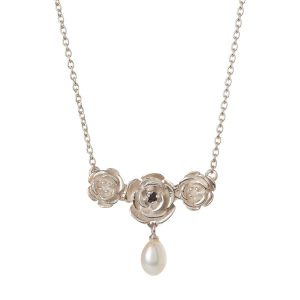 Something Blue Necklace
1 × £75.00
Something Blue Necklace
1 × £75.00
Subtotal: £75.00
Sapphire is the most precious and valuable blue gemstone. It is the gem of the 5th and 45th anniversaries as well.
For centuries, this gemstone is associated with the royalty and romance. The most famous Sapphire ring is the engagement ring offered by Britain’s prince Charles to Diana Spencer, in 1981.
Until her death, Princess Di is charmed and fascinated the world with her style and grace. Her engagement ring is still linked to modern fairy tales.Prince William proposed Catherine (Kate) Middleton with his mother’s ring in 2010.
With this beautiful ring, Kate set a new trend, reviving the already popular gemstone. For the modern bride, it is a desirable gemstone due to its excellent colour, hardness, durability, and lustre. Perfect for the everyday.
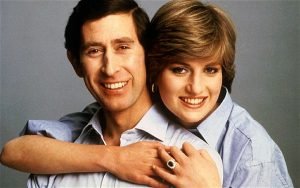
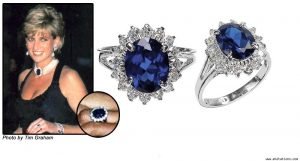
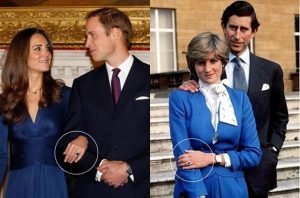
In ancient Greece and Rome, kings and queens were convinced that blue sapphires protected their owners from envy and harm.
During the Middle Ages, the clergy wore sapphires to symbolise Heaven. The ordinary people thought the gem attract heavenly blessings.
In other times and places, people instilled sapphires with the power to guard chastity, make peace between enemies, influence spirits and reveal the secrets of oracles.
In folklore, history, art and consumer awareness, sapphire has always been associated with the colour blue. Most jewellery consumer think all sapphires are blue.
When gem and jewellery professionals use the word “sapphire” alone, they normally mean ” blue sapphire” (the blue variety of the mineral Corundum).
In the trade, “blue sapphire” refers to stones ranging from very light to very dark greenish or viloletish blue, as well as those in various shades of pure blue. Large top- quality stones are rare, but blue sapphires in other sizes and grades are almost always available.
Ruby is a variety of the same species – corundum- but due to its deep red hue, it is known as ruby. Anything in a more of a pinkish tone doesn’t qualify and is considered sapphire, known as fancy sapphires.
Fancy sapphires, as they’re called, come in violet, green, yellow, orange, pink, purple and intermediate hues.
KASHKA London offers a diverse selection of jewellery for September born customers, and also for anyone who loves the stone.
Earrings and Bracelets, Necklaces and bespoke Wedding and Engagement Rings, in blue or all the colours of the fancy sapphire.
Visit our shop to choose your favourite jewellery! Here is a selection of our range:
Special trade terms for fancy sapphires include: amethystine or plum sapphire- for purple colour; golden sapphire- yellow or orange yellow; padparadscha sapphire- for pinkish orange to orange-pink with light to medium tone and vivid saturation. The name comes from the Sinhalese term padmaragaya, or ” lotus colour”. (Sinhalese is the majority language of Sri Lanka). The white sapphire- colourless- are still popular as diamond simulants.
Intensely saturated and velvety, rare sapphires from Kashmir set the standard for blue.
Other sources are Australia, Cambodia, China, Kenya, Madagascar, Burma, Nigeria, Pakistan, Rwanda, Sri Lanka, Tanzania, United States, Vietnam.
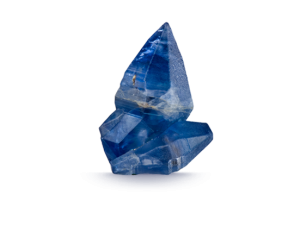
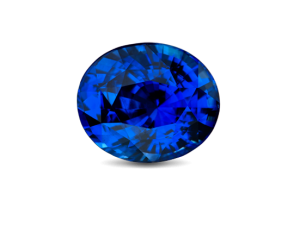
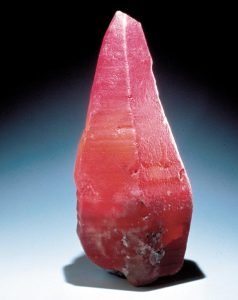

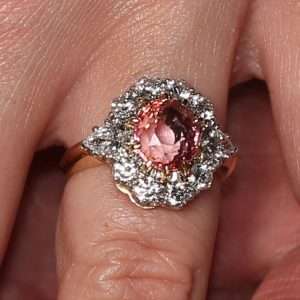
When we are looking at the quality of a gemstone, these are the main quality factors we are checking: colour, clarity, cut and carat size.
Colour:
Colour is influences blue sapphire’s value. The most highly valued blue sapphires are velvety blue to violetish blue, in medium to medium dark tones.
Preferred sapphires also have strong to vivid colour saturation. The saturation should be as strong as possible without darkening the colour and compromising brightness.
Sapphires with these qualities command the highest prices per carat. This gemstone comes in a wide variety of colour, and we have been talking about them earlier.
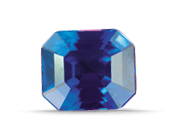
Clarity:
Blue sapphires typically have some inclusions, but they generally have better clarity than rubies. Blue sapphires with extremely high clarity are rare, and very valuable.
Several types of inclusions are found in sapphires. Among these are long thin mineral inclusions called needles. Fine needles are called silk when they occur as the mineral rutile in intersecting groups. Other clarity characteristics in sapphire are included mineral crystals, partially healed breaks that look like fingerprints, colour zoning, and colour banding.
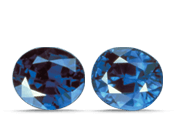
Cut:
The shape of a rough sapphire crystal influences the finished stone’s shape and size. Rough sapphire’s most common crystal form is a barrel- or spindle-shaped hexagonal pyramid. For this reason, finished sapphires are often deep.
To achieve the best overall colour, maintain the best proportions, and retain the most weight possible, cutters focus on factors like colour zoning, parochialism, and the lightness or darkness of a stone.
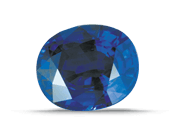
Carat weight:
Blue sapphires can range in size anywhere from a few points to hundreds of carats, and large blue sapphires are more readily available than large rubies. The most commercial-quality blue sapphires weigh less than 5.00 carats.
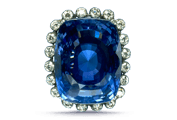
There are several ways to keep your sapphire jewellery clean, here are some methods of caring and cleaning:
KASHKA London offers bespoke wedding and engagements rings, with you favourite gemstone, made for you. Find ready-to-buy jewellery with your birthstone on our shop page.
Write us to tell us about your requirements, we’d love to be apart of your journey to help you make your favourite jewellery piece.
If you feel curious about other gemstones, here is our gemstone edit about Pearls, Ruby and Peridot.
Sources of information and pictures: Internet and www.gia.edu